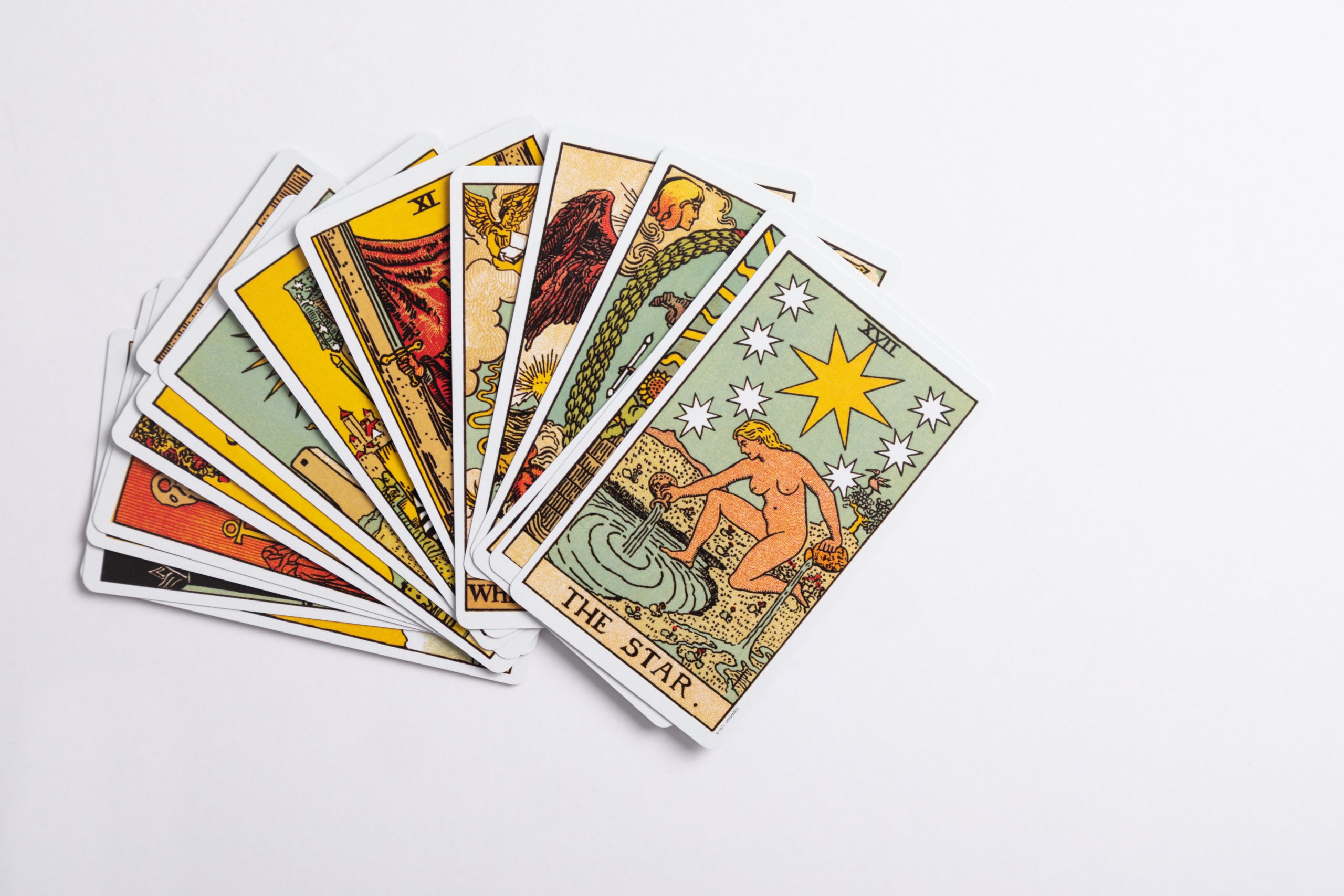What Emotions Do Colors Represent?
Colors have a profound impact on our emotions and perceptions. They have the ability to evoke various feelings and associations, often on a subconscious level. From warm and vibrant hues to cool and tranquil tones, each color has its unique psychological and emotional effects. In this blog post, we will delve into the world of colors and explore the emotions they represent.
The Psychology of Colors
Color psychology is the study of how different colors influence human behavior, mood, and perception. While individual experiences and cultural backgrounds can affect our responses to colors, certain associations tend to be universally recognized. Let’s explore some of the most common colors and the emotions they evoke:
Red
Red is a bold and energetic color that is closely associated with passion, love, and power. It has the ability to increase heart rate and raise blood pressure, symbolizing strong emotions. Red is often used to create a sense of urgency or excitement, making it a popular choice for clearance sales and warnings. However, it can also invoke feelings of anger or aggression when used excessively.
Yellow
Yellow is a vibrant color that is often associated with happiness, optimism, and warmth. It has the ability to stimulate mental activity and enhance creativity. Yellow is commonly used to grab attention, as it is one of the most visible colors in the spectrum. However, too much yellow can be overwhelming and lead to anxiety or fatigue.
Blue
Blue is a calming and serene color that is often associated with stability, trust, and peace. It has the ability to lower blood pressure and slow breathing, making it an excellent choice for creating a sense of tranquility. Blue is commonly used in healthcare settings to promote a relaxed environment. However, excessive use of blue can create a sense of coldness or sadness.
Green
Green is a refreshing and rejuvenating color that is closely associated with nature, growth, and harmony. It has the ability to create a sense of balance and renewal. Green is often used to represent environmental consciousness and is believed to be soothing to the eye. However, it can also evoke feelings of envy or greed when combined with negative associations.
Orange
Orange is a warm and energetic color that is often associated with enthusiasm, creativity, and excitement. It has the ability to stimulate appetite and create a sense of adventure. Orange is commonly used to draw attention and promote enthusiasm. However, it can also be associated with impulsiveness or frustration in certain contexts.
Purple
Purple is a mysterious and luxurious color that is often associated with creativity, royalty, and spirituality. It has the ability to evoke a sense of elegance and sophistication. Purple is commonly used in beauty and fashion industries to create a sense of allure. However, it can also be associated with extravagance or arrogance when used excessively.
Black
Black is a powerful and dramatic color that is often associated with elegance, formality, and mystery. It has the ability to create a sense of authority and seriousness. Black is commonly used in luxury branding and formal events. However, it can also be perceived as cold or unfriendly in certain contexts.
White
White is a clean and pure color that is often associated with innocence, simplicity, and peace. It has the ability to create a sense of freshness and neutrality. White is commonly used in healthcare settings and minimalist designs. However, it can also be associated with sterility or emptiness when used without contrast.
Mixing Colors and Emotional Impact
While individual colors have their distinctive emotional associations, combining different colors can result in a broader range of emotional impact. Here are some common color combinations and the emotions they can convey:
| Color Combination | Emotional Impact |
|---|---|
| Red and Yellow | Excitement, energy, and warmth |
| Blue and Green | Harmony, balance, and tranquility |
| Purple and Gold | Royalty, extravagance, and luxury |
| Black and White | Contrast, formality, and sophistication |
Context and Cultural Influences
It is important to note that the emotional impact of colors can be influenced by various factors, including cultural background and personal experiences. Different cultures may associate certain colors with specific emotions or have unique symbolic meanings attached to them. Additionally, personal memories and associations can also influence individual responses to colors.
Conclusion
Colors play a significant role in shaping our emotions and perceptions. From the powerful energy of red to the calming effect of blue, each color carries its own set of emotional associations. By understanding the psychological impact of colors, we can utilize them strategically to evoke desired emotions and create meaningful experiences in design, branding, and various other aspects of our lives.
Table of Contents
